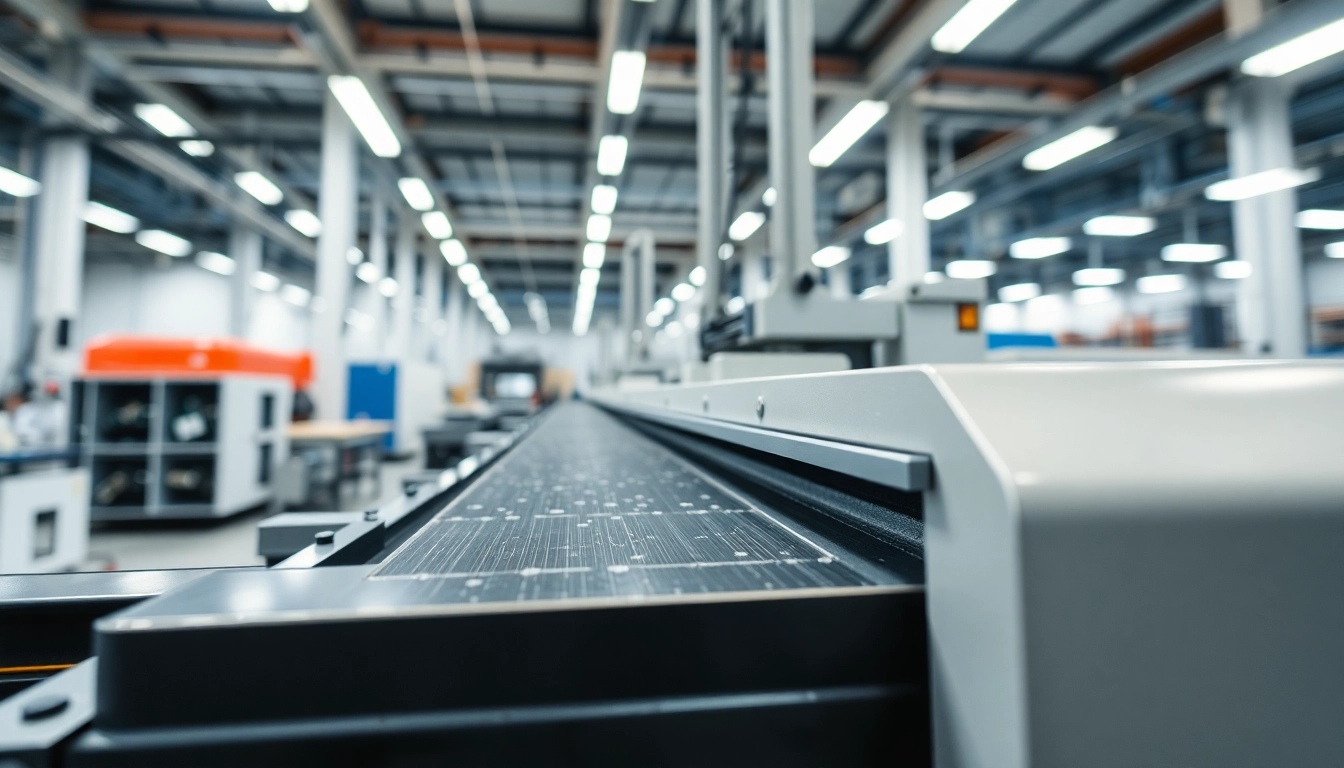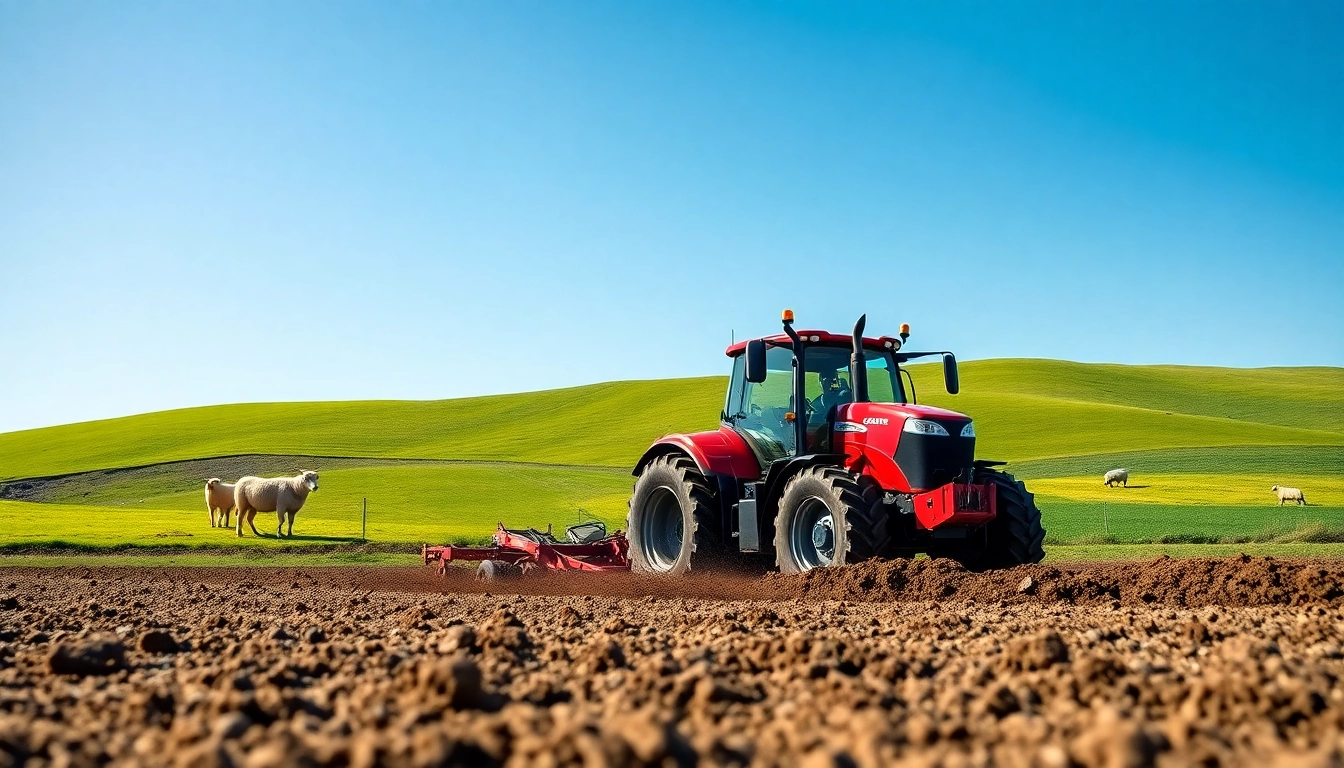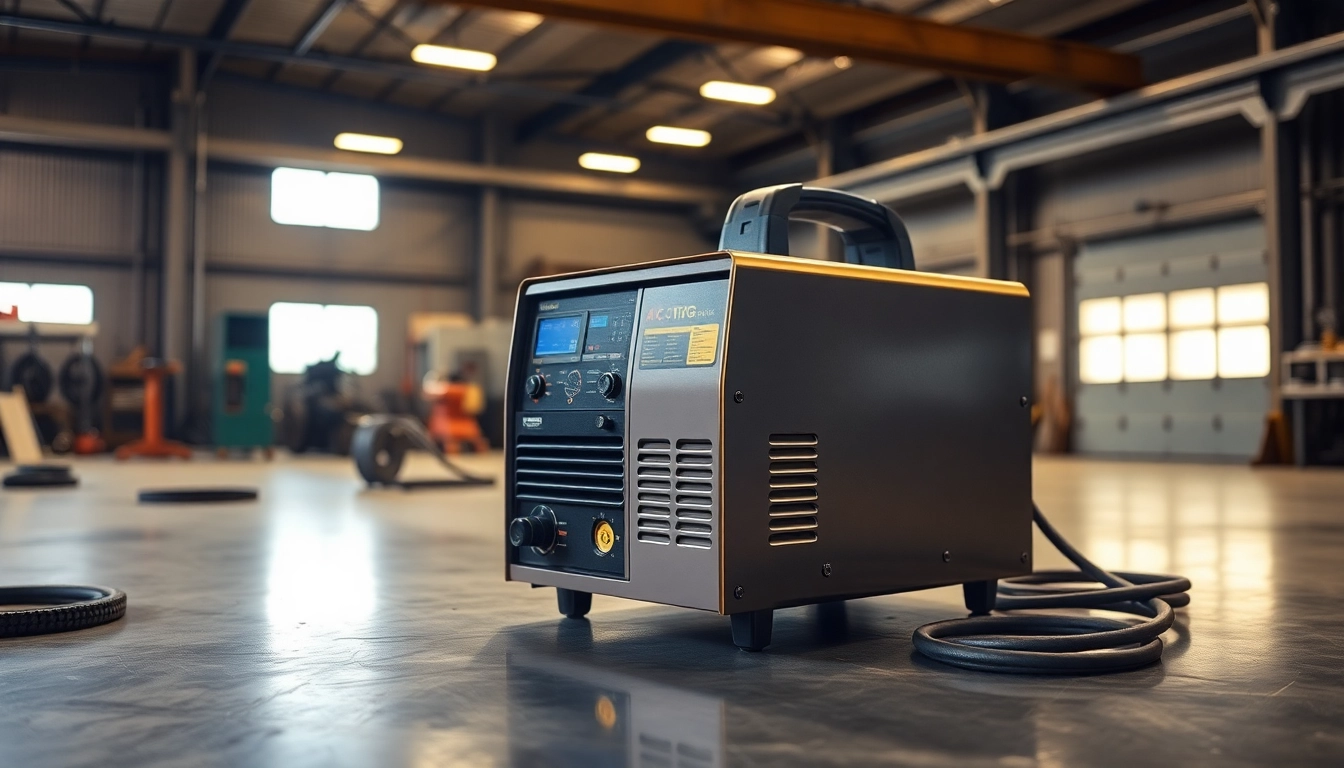Understanding Precision Die Cutting
What is Precision Die Cutting?
Precision die cutting is a manufacturing process where specific materials are cut to precise dimensions using a die, a specialized tool. This process is often employed in industries where accuracy and uniformity are paramount, such as packaging, automotive, medical, and electronic manufacturing. The cutter creates shapes, holes, or cutouts in flat materials such as paper, plastic, foam, or metal, thereby transforming raw materials into intricate designs.
This technique has gained significant traction due to its efficiency in producing high volumes of parts with remarkable precision. In today’s competitive marketplace, organizations seek precision die cutting solutions to enhance product quality while optimizing production costs.
Benefits of Precision Die Cutting
Precision die cutting offers several distinct benefits, making it a favored choice among manufacturers:
- High Accuracy: The primary advantage is the ability to produce parts with exact specifications. This minimizes waste and enhances product quality.
- Speed: The die cutting process is rapid, allowing for quick transitions from design to production. This acceleration can significantly reduce lead times.
- Cost-Effectiveness: For high-volume production runs, the cost per unit decreases considerably, making it a financially viable option for many businesses.
- Flexibility: Precision die cutting can be adapted for a variety of materials and designs, accommodating a wide range of industry applications.
- Consistency: Once the die is set, the process maintains uniformity across all pieces, ensuring that every cut part is identical.
Common Applications of Die Cutting
Die cutting finds extensive use across numerous industries. Notable applications include:
- Packaging: Creating box designs, inserts, and labels with specific shapes.
- Automotive: Cutting gaskets, seals, and insulation materials.
- Medical: Manufacturing medical device components and disposable products like syringes and packaging for sterile environments.
- Electronics: Producing insulation and adhesive components used in electronic devices.
Types of Precision Die Cutting Techniques
Flatbed Die Cutting Explained
Flatbed die cutting utilizes a stationary die press where flat sheets of material are cut. This method is ideal for shorter production runs and can achieve high accuracy. It uses a steel rule or hard die mounted onto a flat surface. The die cuts through the material as the press exerts pressure.
Flatbed die cutting benefits industries that need varied designs for prototypes or low-volume production, as the setup costs are comparatively lower.
Rotary Die Cutting Advantages
Rotary die cutting employs a rotary press that rotates a cylindrical die to cut materials in a continuous feed operation. This technique is ideal for high-volume production runs and is often faster than flatbed die cutting.
The advantages include:
- Higher Speed: Because it can process materials in lengths rather than individual sheets, it significantly increases output.
- Cost-Effectiveness: Efficient for large jobs, reducing the per-part cost due to fewer setups and wastage.
Laser Die Cutting Overview
Laser die cutting utilizes laser technology to cut materials with exceptional precision. The laser beam melts, burns, or vaporizes the material, achieving intricate designs that may not be possible with traditional methods.
This method is ideal for intricate designs or materials that are difficult to cut with traditional dies. It offers the greatest flexibility and accuracy, as changes to designs can be implemented swiftly and without new dies.
The Die Cutting Process: Step-by-Step
Material Preparation for Die Cutting
The preparation phase involves selecting the appropriate material based on the required specifications and application. Common materials used include:
- Paper and cardboard
- Foams and sponge materials
- Plastics and films
- Metal sheets
Each material may require specific handling or treatment before cutting to ensure optimal results.
Setting Up the Die Cutting Machine
Once materials are prepared, the next step is to set up the die cutting machine. This includes:
- Installing the chosen die based on the required design.
- Configuring machine parameters such as pressure and speed.
- Running trial cuts to adjust settings for optimal production.
Regular maintenance and calibration of machines help maintain cutting precision over time.
Quality Control Measures
Quality assurance is vital in die-cutting processes to ensure every piece meets specified standards. Measures include:
- Dimensional Checking: Regularly measuring parts against specifications.
- Material Inspection: Ensuring the right materials are used without defects.
- Final Product Review: Visually inspecting completed products for aesthetic and functional quality.
Choosing the Right Precision Die Cutting Service
Key Factors to Consider
Selecting the right precision die-cutting service can significantly impact product development and supply chain efficiency. Considerations should include:
- Capabilities: Ensure the provider can handle the specific materials and designs required for your project.
- Technological Expertise: Look for service providers that utilize modern technologies for precision and efficiency.
- Turnaround Time: Evaluate the provider’s ability to meet your production schedules.
Evaluating Service Providers
Research potential die-cutting partners by:
- Looking for industry certifications and standards compliance, which indicate a commitment to quality.
- Reviewing case studies or portfolios to ensure their expertise aligns with your requirements.
- Asking for client references to gauge customer satisfaction.
Customer Testimonials and Reviews
Customer feedback provides insight into a service provider’s reliability, quality, and support. Utilize online platforms to read reviews and consider reaching out to past clients for direct testimonials about their experience. Positive feedback often indicates a vendor’s commitment to excellence and customer service.
Future Trends in Precision Die Cutting
Technology Innovations in Die Cutting
The field of die cutting is witnessing rapid technological advancements. Innovations such as automation, artificial intelligence, and machine learning are starting to play critical roles in improving efficiency and precision in die cutting processes. Automated systems can optimize production schedules, reduce downtime, and improve inventory management.
Custom Solutions for Diverse Industries
As industries evolve, the demand for customized die-cut solutions is increasing. Providers are adapting to meet specific client needs, crafting tailored die solutions for unique applications, from specialty packaging to bespoke industrial products.
Sustainability Practices in Die Cutting
The shift towards sustainability is influencing all manufacturing sectors. Precision die cutting companies are seeking eco-friendly materials and processes to minimize waste and enhance sustainability. Innovations in material science are leading to the development of recyclable and biodegradable options, making precision die cutting more environmentally friendly.



